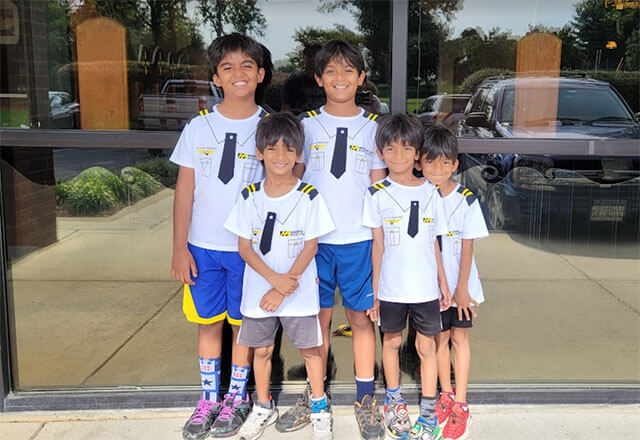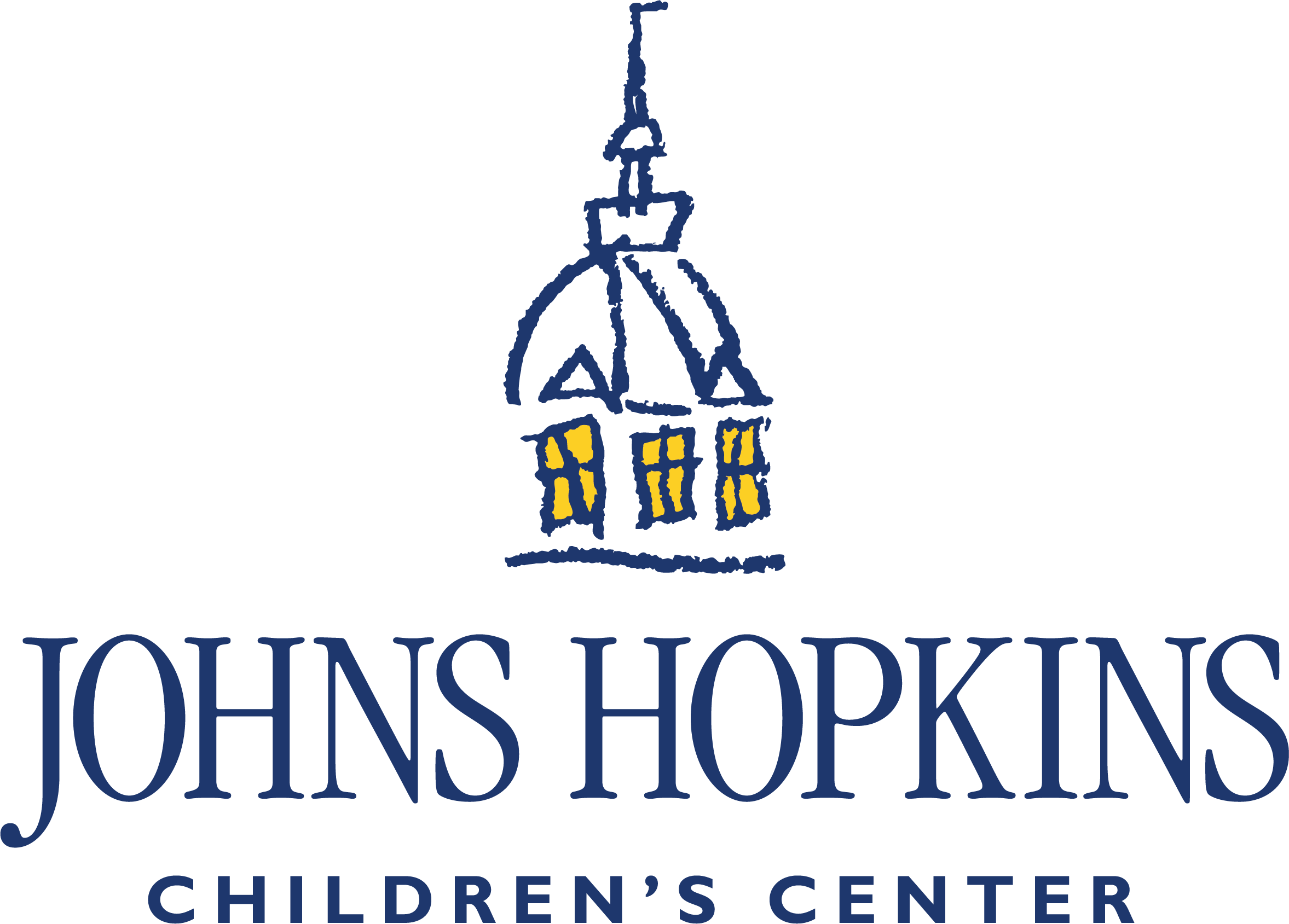Kal, Q, and Thor's Story

Eight weeks into their pregnancy, Prem and his wife, Asmita, could not believe it when their obstetrician-gynecologist told them that they were expecting identical triplets, eventually named Q, Kal and Thor. But there was a problem — the babies only had one placenta, making their pregnancy extremely high risk. They were referred to the Johns Hopkins Department of Gynecology and Obstetrics and its Center for Fetal Therapy.
“I always thought that we were in the best hands,” Prem says.
Asmita was asked to come in every two weeks for prenatal appointments with fetal therapy and maternal-fetal medicine specialists to ensure her health and that of her babies. At week 26, Jena Miller, part of Asmita’s care team at the center, showed the family through sonography that Kal was getting too much blood and that Q wasn’t getting enough — a condition known as twin anemia polycythemia sequence.
Doctors gave the family three options. The first option was to try a blood transfusion from Kal to Q, which was a short-term fix and presented some risk. The second option was to wait the issue out, which presented an even chance that the situation would either resolve itself or that one of the babies could be lost.
The third option, which also carried some risk, was to perform an innovative surgery known as fetoscopic laser surgery to shut all vessel connections on the placenta between Kal, Thor and Q. This would allow the blood to equalize among the three triplets.
After some research and additional discussions with the doctors, the family agreed to undergo the laser surgery. Center Director Ahmet Baschat took time to discuss the procedure with the family and answered questions ahead of the procedure. Then, he helped lead the surgery. “Dr. Baschat, he’s very experienced,” says Prem. “He (said) ‘Okay, let me take over from here,’ and he just got through it. It was unbelievable.” After the surgery, a closing of nearly 35 veins, the care team performed ultrasounds and eventually confirmed that the blood flow for all babies was regulated and surgery had been a success.
At 34 weeks, Asmita had a C-section to deliver the triplets at Johns Hopkins. The babies were born all with nearly identical blood counts and weights. Coincidentally, they were born four years to the day that their older siblings, twins, were born.
“These things happen, and you can call them miracles,” says Prem.
After they were born, the babies were whisked to the neonatal intensive care unit at Johns Hopkins Children’s Center. Kal was put under a UV light to address jaundice, which happens when a baby gets too much blood. Despite this, he was the first of the triplets to go home. Q was next, followed by Thor, who was met with a nurses’ goodbye procession down the hallway as he was discharged.
Today, all three boys are active and healthy. They love playing with their dog, Crypto, and their dad says playfully that they have different strengths and personalities, yet work as a team against their parents.
“Johns Hopkins means a lot to our family,” says Prem. “This place is able to help people who are at the edges of bell curves, with very rare, anomalous conditions, get premier care. We are very fortunate.”

